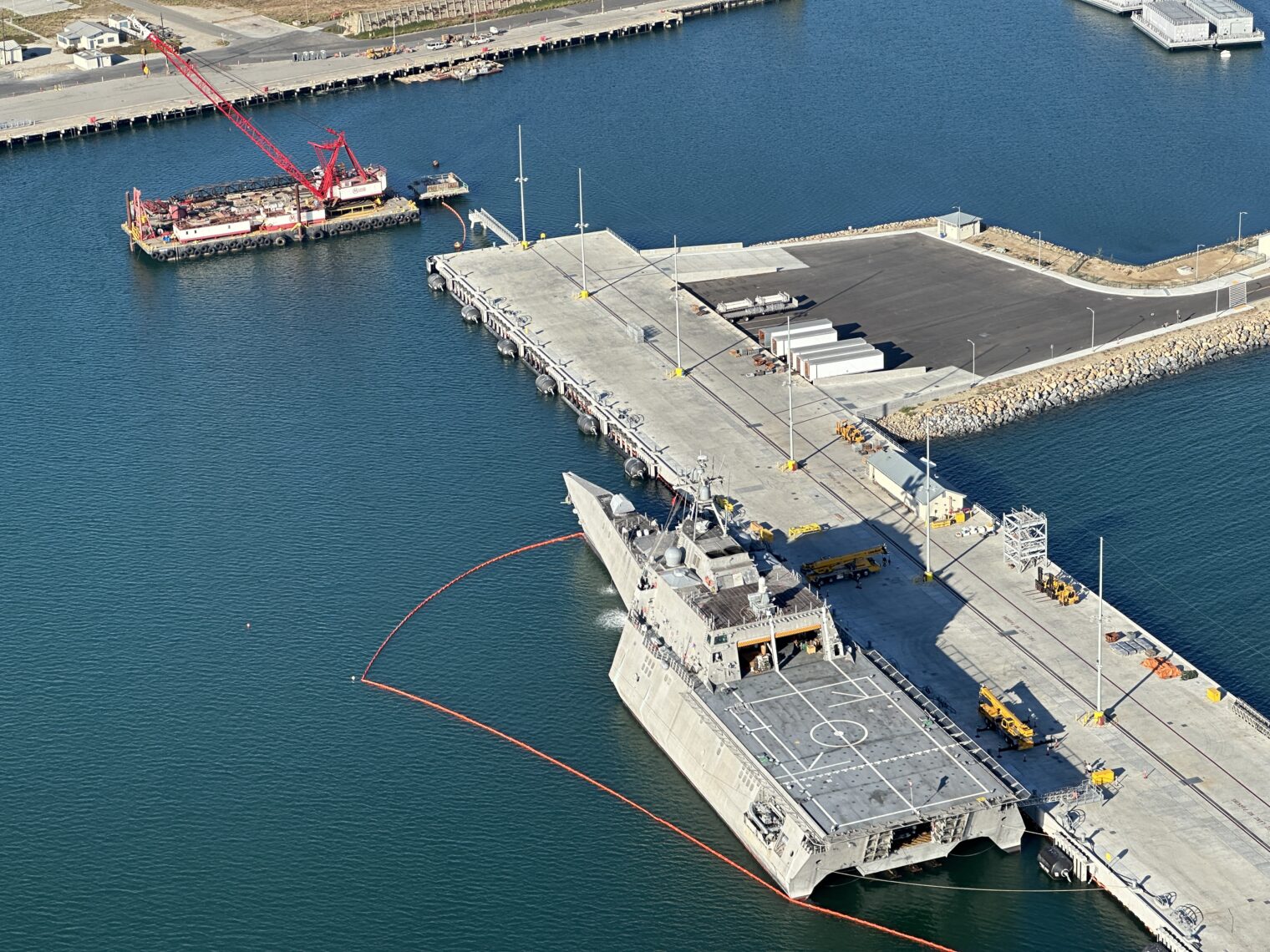Less that two years ago, I wrote about how Robinson Helicopter was promoting the Vuichard technique for escaping from vortex ring state (see R.I.P. Frank Robinson (and a few notes from the safety course that he loved)). While doing recurrent training in Irvine, California at Helistream, I learned that Robinson has reverted to the previously standard technique.
What’s less than ideal about Vuichard, which results in recovery with remarkably little altitude loss? “Every other helicopter emergency procedure involves lowering collective,” responded my instructor, “so the Vuichard technique becomes an exception that is going to be tough to execute in a real-world emergency where you’re startled. Also, what if you’re settling with power because you don’t have enough power and you misidentify a vortex ring state? Then adding collective via Vuichard will immediately lead to blade stall.”
He explained that there have been at least a couple of fatal accidents during training in which the necessary counterintuitive heroism wasn’t summoned for the Vuichard technique. Thus, the new school is back to the old school.
(I have never personally gotten into vortex ring state (sometimes called “settling with power”) other than during my work as a flight instructor or while a student myself. It can be avoided by being careful during steep approaches, especially with respect to not doing a downwind steep approach.)
In addition to practicing emergencies, we managed to get in some flying up and down the coast. Here are a few snapshots.
An Nvidia branch office receptionist’s new weekend boat:
An oil platform off Long Beach cleverly disguised, when viewed from the water, as an island encircled by palm trees:
Where your tax dollars went to die (a U.S. Navy littoral combat ship)
A Tesla charging facility:
The Balboa Pier:
What your (3rd or 4th) house might look like if you and all of your friends and neighbors xpressed a passionate commitment to reducing economic inequality:
(All of the above photos were taken with an iPhone 14 Pro Max after removing the left front door of the helicopter.)






It seems smarter avoiding vortex ring state in the first place, rather than escaping it (several fatals while practicing it). That said, I’m pretty sure an even a lowly Arduino-powered device connected to airspeed and attitude sensors could warn pilots in impending VRS. Too bad it would cost $10M-20M for FAA certification?
An opinionated piece on VRS recovery training:
This guy is the biggest douche bag in aviation!
The video author says on camera that he isn’t a helicopter pilot and also in the video description: “I am not a helicopter guy”. He has a tough time pronouncing Vuichard in a way that a French 101 student might! He is confused about “blade slap” being a hazard.
The video ends with his recommendation that all vortex ring state flight training be discontinued (and, I guess, removed from checkrides) and then a disclosure that he has zero helicopter hours.
One of the comments is interesting: As a 21 year Navy Helicopter pilot it’s insane to know that people are “practicing” VRS. It’s shocking to me that this is a “thing.” It’s totally prohibited in the Navy on all models to the best of my knowledge. It’s well described in the book (NATOPS) with the procedures to get out; great to talk about in the brief over coffee but not in the aircraft. Well done Dan!
Another comment: Jeff, 100% agree. I’m a 30+ year USAF helicopter pilot with 6000+ hours and practicing VRS has been prohibited as well at least back to 1990 when I started flying helicopters. This is the equivalent of spin training in fixed-wing…not worth the risk.
I think the Army has now gotten away from teaching autorotations, a maneuver with which the FAA is obsessed. In fact, the Army is doing primary training in $6 million twin-engine Eurocopters (Airbus H145) so there aren’t too many scenarios in which an auto would be required.
If the Navy and USAF pilots are correct, I’m not sure why VRS practice is considered so dangerous. There shouldn’t be any risk of tail boom chop if the pilots haven’t raised the collective and stalled the blades. It is unnerving to be up at a nosebleed altitude and sink a couple of hundred feet into a fully developed VRS. But I’m not sure why it is hazardous.
Army seems to be doing autos all the time when I fly through PHHI.
those oil islands are all named after astronauts. I think that one is Gus Grissom.
Sounds superhuman to differentiate between common turbulence, VRS, & engine failure in the few remaneing seconds & apply the appropriate unintuitive inputs. At least a good way to get famous is to invent an escape from VRS that doesn’t work.
I have practiced the Vuichard escape from VRS a few times and didn’t chop off any tail booms!
Phil and others: this sounds very interesting, but for those of us who aren’t aviators, it’s way over our heads. Could someone explain this in layman’s terminology so we actually learn something?
The Wikipedia page isn’t terrible: https://en.wikipedia.org/wiki/Vortex_ring_state
One simple way to understand it that isn’t completely wrong: (assuming a calm wind) If you’re descending without moving forward you’re sinking into air that has already been pushed down by your rotor blades. So you’re sinking into sinking air.
Thanks, could you also similarly help us non aviators understand the practical differences of the two techniques to escape this situation (with a bit of detail on how the helicopter controls work/function in each technique)?
Anon: The standard technique is to lower the collective pitch of the blades, which reduces engine power output. The rotor system is then not beating up the air as forcefully. The blades are also going to be at a lower angle of angle to the relative wind and, therefore, less likely to stall. In fact, the helicopter would come out of VRS if the pilot simply took out all of the power by lower collective almost to the floor (entering an autorotation). That technique isn’t taught because VRS is probably entered fairly close to the ground, e.g., while trying to approach downwind to a confined area, and the autorotation would require too much altitude for recovery.
So… the power is reduced a bit. The cyclic (right hand) is pushed forward. Nothing special happens with the pedals other than fighting any yaw tendency. Within a few seconds the helicopter gains enough forward speed that it is sinking into clean air. At that point, the collective is raised once more to initiate a climb.
The magic of Vuichard is that less altitude is lost. The pilot INCREASES power by raising collective and simultaneously banks the helicopter with the cyclic so that the main rotor thrust is no longer directed down. So the helicopter is no longer sinking into disturbed air because the disturbed air is to the side of the machine’s downward trajectory. The helicopter will almost immediately begin to climb.
See page 11-10 of https://www.faa.gov/sites/faa.gov/files/regulations_policies/handbooks_manuals/aviation/helicopter_flying_handbook/hfh_ch11.pdf
Thanks-perfect–now I understand the mechanics and issues!